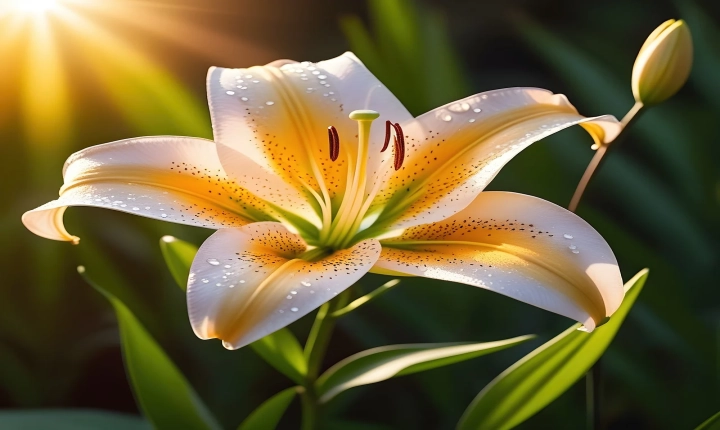Title: Do People Sell AI Art? The Intersection of Technology and Creativity
In recent years, the growing capabilities of artificial intelligence (AI) have led to a surge in the use of AI algorithms to generate artwork. This has prompted a fascinating debate about the nature of creativity, authorship, and the marketability of AI-generated art. The question arises: do people sell AI art, and if so, how is it received in the art world?
The Emergence of AI Art
AI art refers to artistic works that are created or significantly influenced by AI algorithms. These algorithms can “learn” to generate art by analyzing and mimicking patterns in existing artworks, allowing for the production of unique and often thought-provoking pieces. From paintings and sculptures to digital art and music, AI has been used to create a diverse array of artistic works.
Selling AI Art: Market Trends and Challenges
The market for AI art is still in its nascent stages, but there are already instances of AI-generated artwork being sold in the art market. Digital platforms and galleries dedicated to AI art have emerged, providing a space for artists and collectors to engage with this new form of artistic expression.
One of the key challenges facing the sale of AI art is the issue of authorship. Traditional perceptions of art emphasize the role of the human artist as the creator and visionary behind a piece of work. With AI-generated art, the lines of authorship become blurred, as the algorithm may play a significant role in the creation process. This raises questions about the authenticity and value of AI art in the eyes of collectors and art enthusiasts.
On the other hand, proponents of AI art argue that the unique nature of these artworks lies in their collaborative and iterative creation process, where the AI algorithm and the human artist work together to produce something entirely new. This collaborative aspect adds an intriguing dimension to the selling and collecting of AI art, challenging traditional notions of authorship and artistic creation.
The Reception of AI Art in the Art World
The reception of AI art in the art world has been mixed. While some embrace the novelty and ingenuity of AI-generated artworks, others are more skeptical, citing concerns about the authenticity and emotional depth of the art produced by AI algorithms. Critics argue that AI-generated art lacks the human touch and emotional resonance that are often associated with traditional art forms.
However, there are also examples of AI art gaining recognition and acceptance in the art world. Some AI-generated artworks have been featured in exhibitions and galleries, showcasing the potential for AI to push the boundaries of artistic expression and innovation. The continued exploration and integration of AI in the art world have sparked discussions about the potential for AI art to coexist alongside traditional forms of art and inspire new modes of creative expression.
The Future of AI Art in the Market
As AI technologies continue to advance, the landscape of AI art and its marketability will likely evolve. The potential for AI to generate increasingly sophisticated and original artworks raises the possibility of AI art becoming a prominent and respected part of the art market. Additionally, the rise of blockchain technology and non-fungible tokens (NFTs) has created new opportunities for the sale and ownership of digital art, including AI-generated works.
Ultimately, the impact of AI art on the art market hinges on how it is received and valued by collectors, art institutions, and the broader public. As the debate around the nature of creativity and authorship in AI art continues, it will be fascinating to observe how AI art adapts to the changing dynamics of the art market and the evolving tastes of art enthusiasts.
In conclusion, the question of whether people sell AI art is a complex and multifaceted one. While the market for AI art is still navigating challenges related to authorship and reception, the emergence of AI as a creative tool presents exciting opportunities for innovation and exploration in the art world. As AI technologies continue to mature, AI art may well become a compelling and integral part of the contemporary art landscape.
